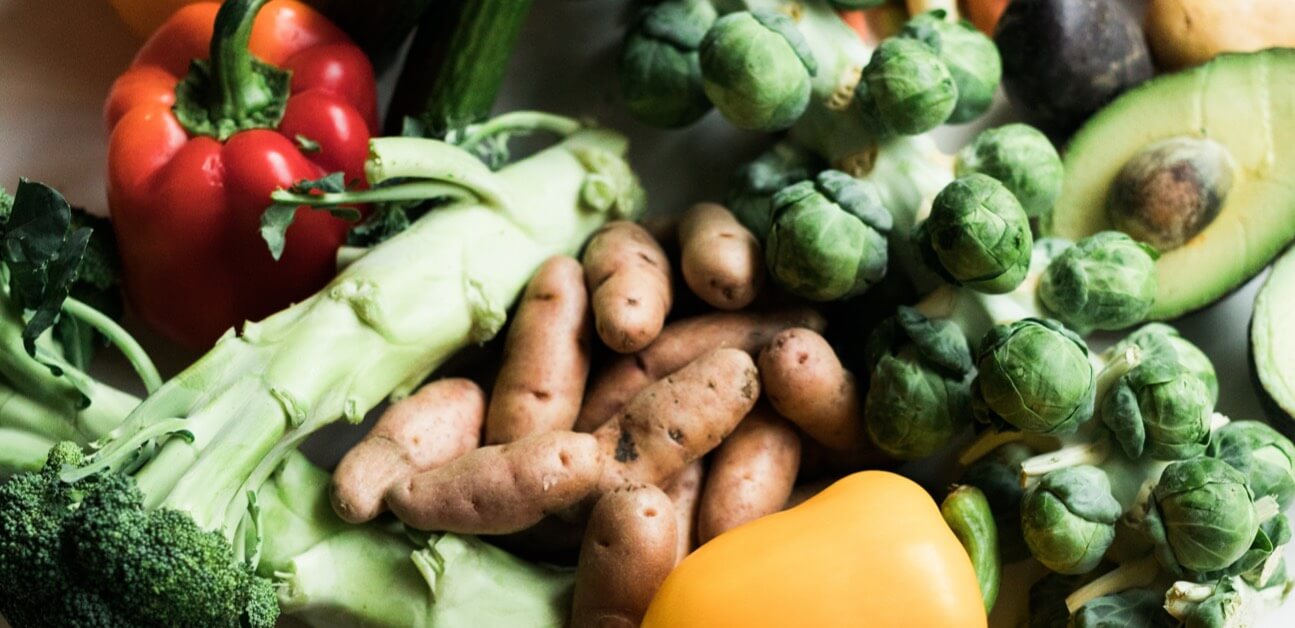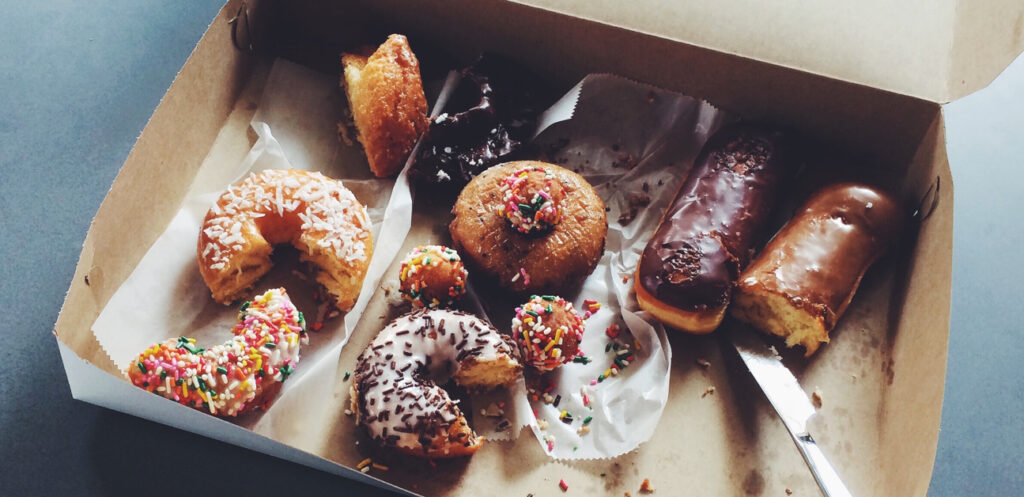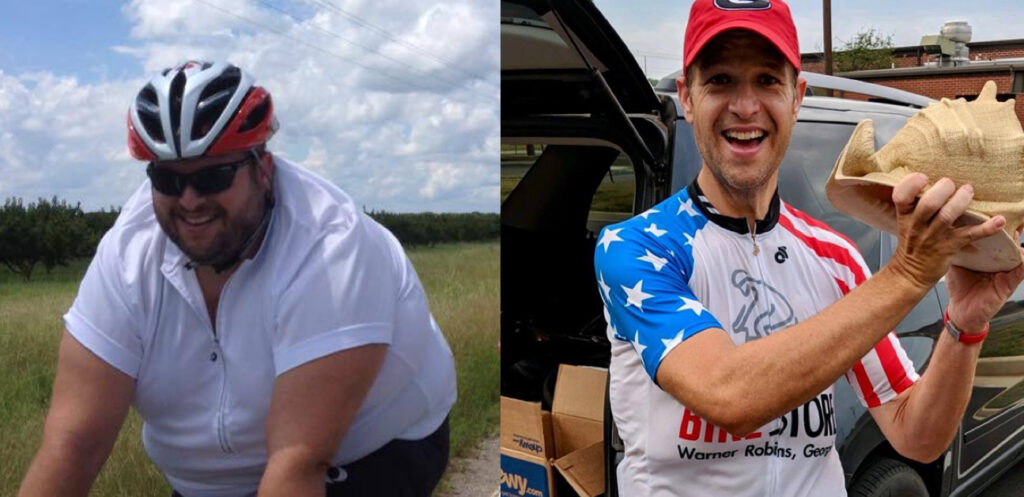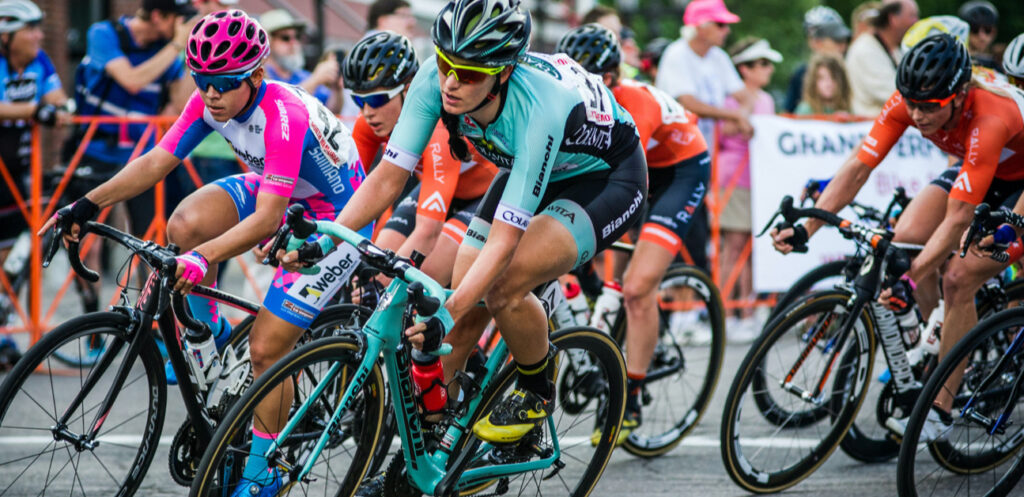Five Tips for Training and Weight Loss

Cycling is well-known for its health benefits, one of which is weight loss. But starting a weight loss program can be difficult, especially when managing a training schedule. Here are five tips to help you get started.
For more information on nutrition and weight loss check out Ask A Cycling Coach Ep 270.
1. Determine Your Goal
Before you start, it’s always a good idea to ask yourself why you want to lose weight. Often, we trap ourselves chasing a number on the scale or a particular look. By examining this question first, you may discover that you’re already at a healthy weight or body composition. Be sure that your destination is achievable and that you can get there in a healthy manner. It’s always a good idea to talk with a healthcare professional and discuss your goals before making significant changes to your diet.
2. Start Small with New Habits
At face value, the formula for weight loss appears simple—create a calorie deficit by moving more, consuming less, or doing both. Trying to balance your nutritional needs with weight loss goals and training demands can often be like walking a tightrope. That’s why it’s best to start with small dietary changes and allow them to become habits first. Once you have one small habit down, it’s easy to start working on a new habit.
Adaptive Training
Get the right workout, every time with training that adapts to you.
Check Out TrainerRoadIt can be helpful to remember that healthy weight loss takes time and that consistency is the most powerful tool. Starting small gives your body time to adjust and gives you the flexibility to experiment with how you fuel your body. Additionally, it will provide ample opportunity to practice listening to your body.
3. Fuel the Work
Cycling for weight loss is hard work, that is only made more difficult by running a calorie deficit. No doubt, the bike can be a great weight loss tool, but it’s really your food choices off-the-bike that make the difference. A well-balanced, nutrient-dense diet will not only help you feel better but will help you make the most of your hard work on the bike.
With that said, normalize eating during your ride and create your calorie deficit off-the-bike. Not only will the quality of your workout increase, but you’ll recover better too. All this will set you up for successful workouts in the future. That means you’ll be more consistent in your training and well on your way to getting faster. Additionally, fueling the work will aid in managing that post-ride, ravenous hunger.
4. Be Kind to Yourself
Food and eating are incredibly emotional constructs. But one thing that doesn’t need to be a part of the equation is guilt. Balancing moderation and enjoyment can be difficult. But remember, you don’t need to earn a treat or special meal. It’s natural to indulge in a treat and enjoy it. When keeping a long-term perspective on your weight loss, it’s helpful to remember that one meal will neither achieve nor wreck your goals.
Being kind to yourself will help you stay consistent over the long term and guard against overly restrictive diets. While it’s important to consider food choices in regards to how they will help you achieve your goal, it’s also good to think about how they make you feel overall. Practicing this type of mindfulness will help you gravitate towards more wholesome and nursing foods.
5. Build Momentum
Losing weight is hard work, and for some, it can seem like a monumental task. Getting started can be the hardest part. Achieve a small win. Any win will do, then celebrate it. This will not only boost your mood but also increase your motivation. As the old saying goes, success breeds motivation. Before long, you’ll have built some momentum towards your goal.


